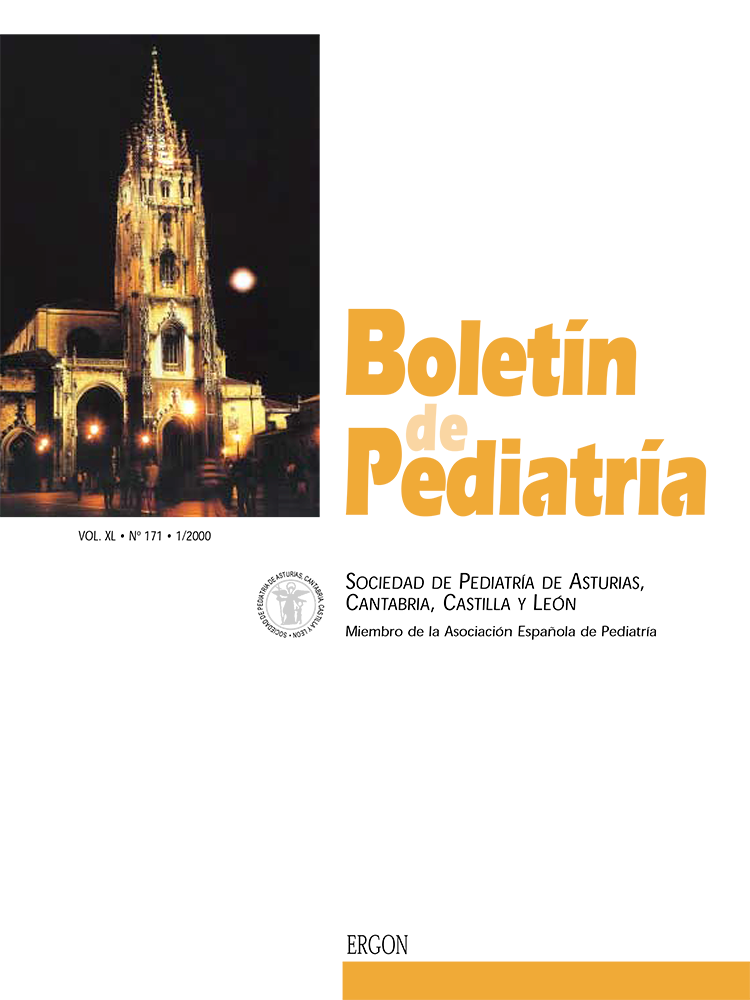Abstract
Objective: The objective of the present study was to asses the response to enviromental remediation measures in a group of children controlled in our hospital because of lead poisoning. Patients and methods: We study retrospectively twenty patients, classified in groups according to the Centers for Disease Control?s critera, which underwent, every two months, a biochemical, clinical, radiologic and psychometric assessment. Results: Mean age 2.3 years (50% females, 50% males). In 16 cases (80%) the exposition source was the tape water; in four cases it was impossible to determine. Regarding the classification, 9 (45%) were in grade IV, 7 (35%) in grade III and 4 (20%) in grade II. Mean blood lead level, 35 ?g/dL, with the highest levels in the youngest children. Only three cases required chelation therapy; the rest, responded favorably to enviromental remediation measures. Five cases (25%), showed anemia and iron deficiency and two, symptoms compatible with a picture of hyperactivity. Conclusions: Lead poisoning in young children, with moderately high blood levels, is rarely symptomatic and responds very well to enviromental remediation measures.

This work is licensed under a Creative Commons Attribution-NonCommercial 4.0 International License.
Copyright (c) 2000 Boletín de Pediatría
